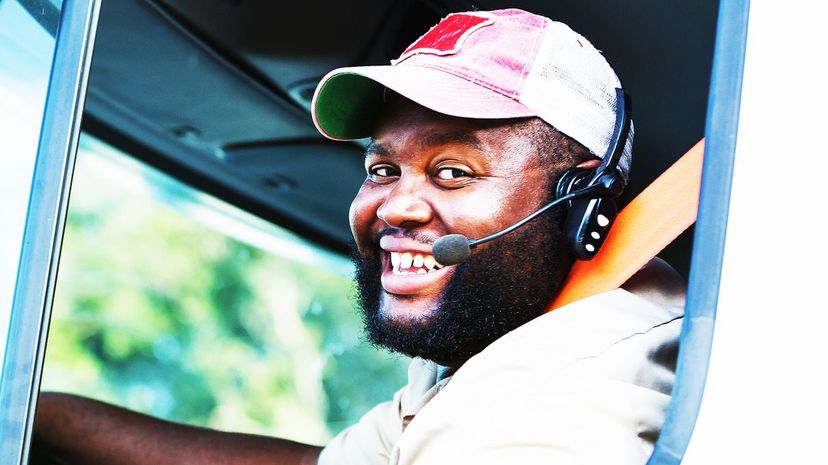
About This Quiz
While most of us are locked away in offices or attached to our computers, there's a group of hard-working people out there doing a job many of us would like to try: Driving the open road in a big rig. There's a feeling of freedom associated with over-the-road trucking. We'd keep our own company while talking with our fellow drivers over the CB radio, watching out for each other and getting the job done. If you've ever felt this urge, this quiz will see if you have what it takes to speak their language!
Of course, truckers have their own stresses to deal with each day on their job, not the least of which is trying to share the road with much smaller vehicles whose drivers often don't respect the tractor-trailer's size and space needs. Add to that the fact that many truck drivers are independent operators, running their own businesses as they're running down the road. Only truckers truly know what truckers have to handle on a daily basis, and that bond forms a community as they travel down the road.
Any group of people doing a similar job will start to develop their own jargon and verbal shorthand, but truckers have made this an art form all their own. Police became "smokies" and "bears," going to "Choo-choo" means you're headed for Chattanooga, Tennessee and the multiple "10" codes became their own language.
This quiz will test your knowledge of the lingo of these road warriors who make sure your shelves are stocked and your gas tank never runs dry. Do you think you can break the trucker's code? If that's a big 10-4, put the hammer down, dodge the paperhangers and let's hit the road!
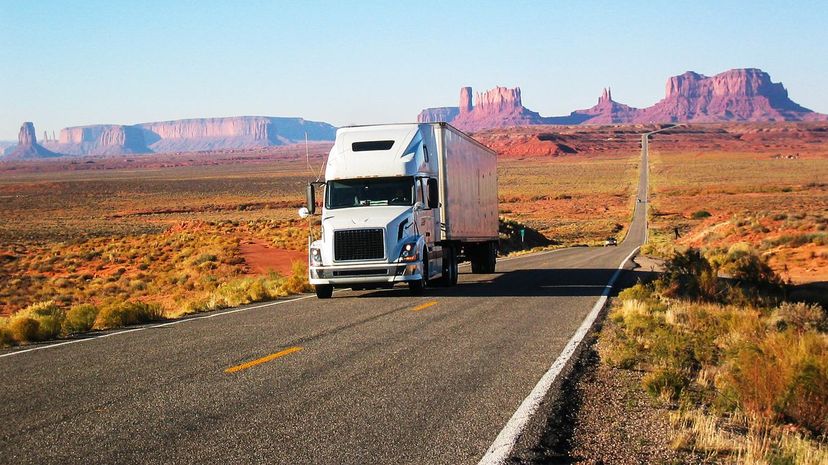
Putting the "hammer down" means stepping on the accelerator, pedal to the metal, giving it some gas and building some speed. When there's no police around, the road ahead is clear and you're running behind schedule, the temptation to hammer down is difficult to resist. Of course, a good trucker knows when it's time to back off the hammer. The "hammer lane," by the way, is the left lane, which has faster traffic.
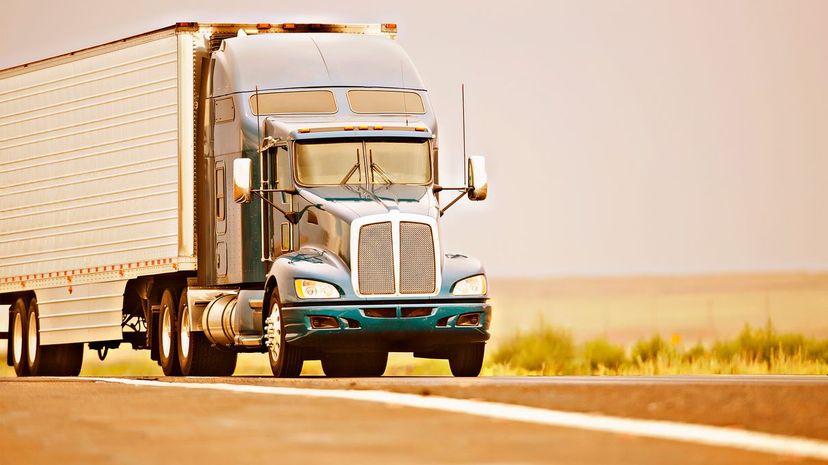
Louisville gets its nickname from the Kentucky Derby, which is held on the first Saturday of May each year. The race first began in 1875 and is the first jewel of the Triple Crown - the premiere title in horse racing. The natives start celebrating the Derby a good two weeks before the race takes place, so if you're headed through the Derby City in late April, you might want to add a few minutes to your travel time.
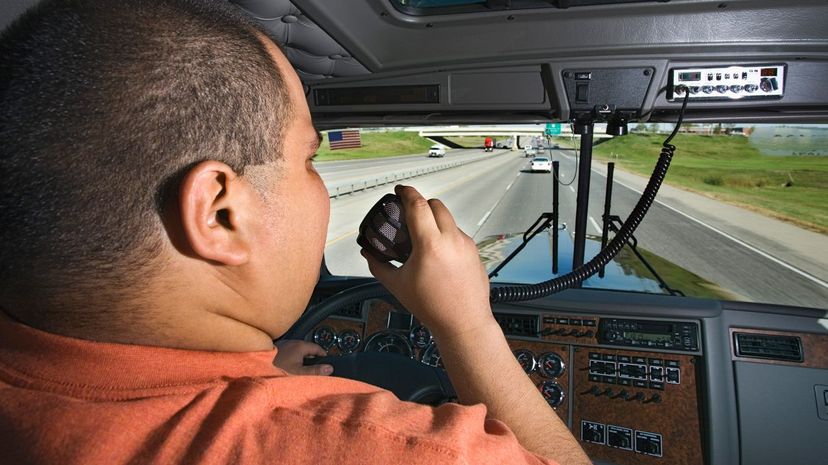
Truck driving can be dangerous work, especially when your attention starts to slip after a long haul. Keeping your truck upright on the road is Job No. 1. Of course, you should still wash your truck, not do illegal things and pay attention to your eating habits, as well.
Advertisement
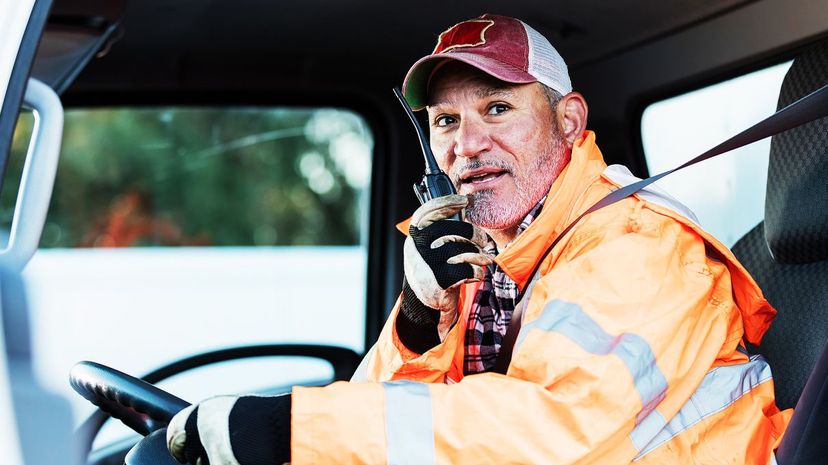
Watch your speed when you get around the highway's 14-mile marker, because you've just been warned that there's law enforcement using a radar gun to catch speeders. "Kojak," for those too young to remember, was a television show from the 1970s starring Telly Savalas as the tough, bald, lollipop sucking New York detective Theo Kojak. Also, Kodak made cameras and film before the advent of digital photography. Now you're all caught up!
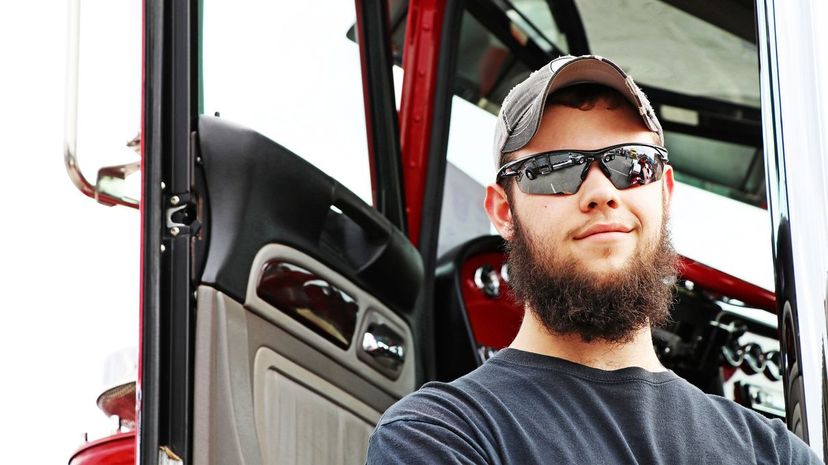
A lowboy, also known as a low-loader or a double drop, is a trailer with a deck set much lower to the road than ordinary trailers in order to carry heavy equipment, such as construction and industrial vehicles. The deck of a lowboy has two drops - one right after the section that connects the trailer to the cab, and the other right before the rear wheels. Trucks with lowboys can carry loads up to 14' tall, depending on the state.

A deadhead is a truck running without carrying any cargo - usually between the last cargo unload and the next pickup. Since many trucking companies won't pay for "deadhead miles," independent truck drivers try to minimize these miles as much as possible - no cargo, no pay! A truck without a trailer, by the way, is known as a bobtail, so all bobtails are deadheads, but not all deadheads are bobtails.
Advertisement
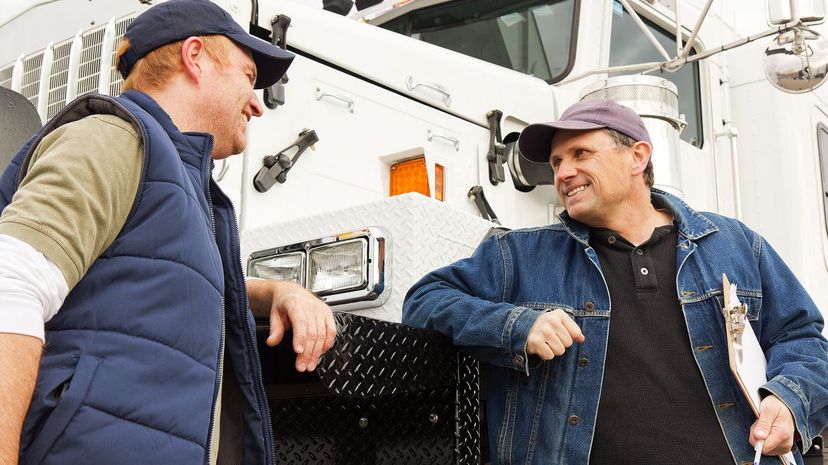
Although it becomes very apparent when driving at night, a trucker might not realize that he or she has a headlight that's gone out before it becomes fully dark. Many truckers see themselves as a team out on the road and will radio another truck when they see equipment that doesn't seem to be working properly - in this case when that driver's got a "black eye." Not only is it unsafe, but could result in a fine if caught by police.
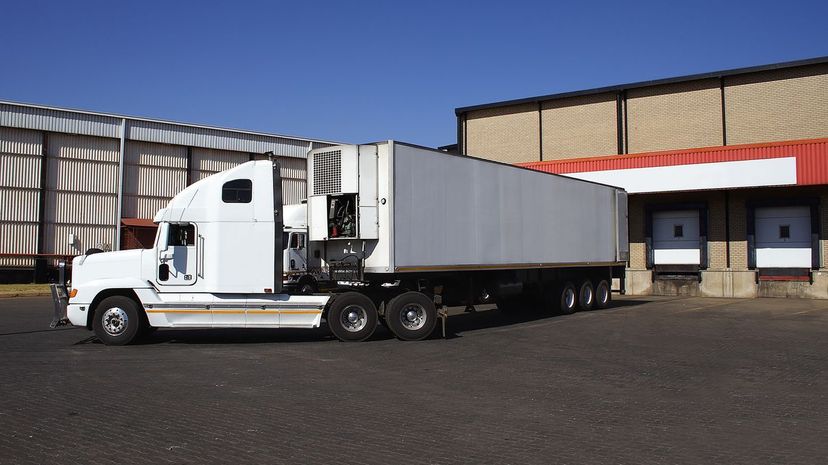
Refrigerated units are basically giant freezers on wheels and are generally used to transport food items that need to stay cold. Transporting chilled items is tricky business; some statistics show that if the temperature of a trailer rises by just 2 degrees Fahrenheit produce can lose as much as 50 percent of its shelf life. Keep your cool, truckers!
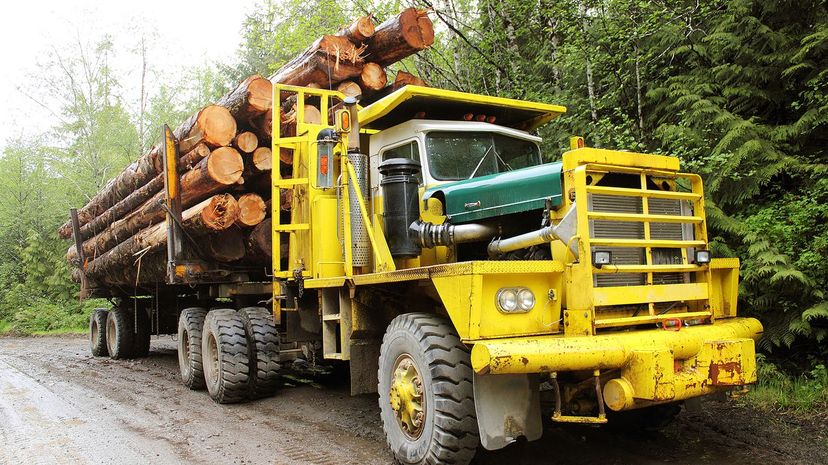
From a distance, felled trees going to the lumberyard resemble toothpicks when stacked onto the trailer. Up close, they look like the huge trees they are and you suddenly realize how much weight a tractor-trailer can actually haul.
Advertisement
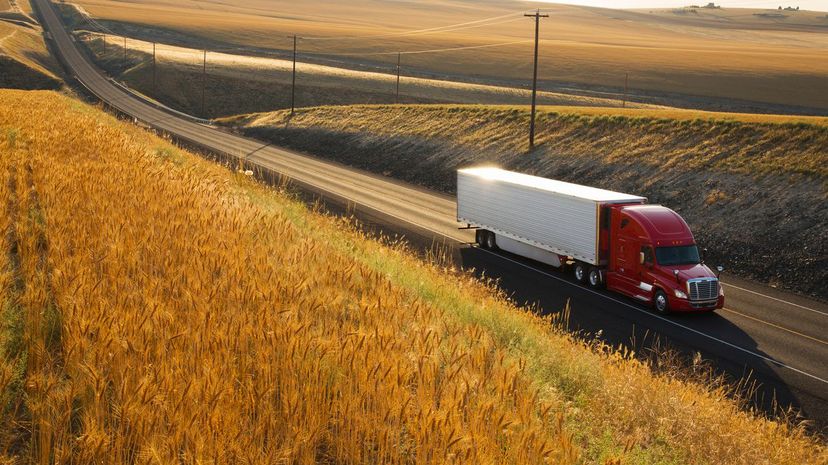
Houston is called "The Dome" thanks to the Astrodome, the arena where the Houston Astros, Houston Oilers and, for a time, the Houston Rockets all played. When it opened in 1965, the huge-for-its-time structure was nicknamed the "Eighth Wonder of the World." The teams have all moved to newer venues now, and the Dome was closed in 2008. Plans both to demolish the Dome or revitalize it have both been discussed.
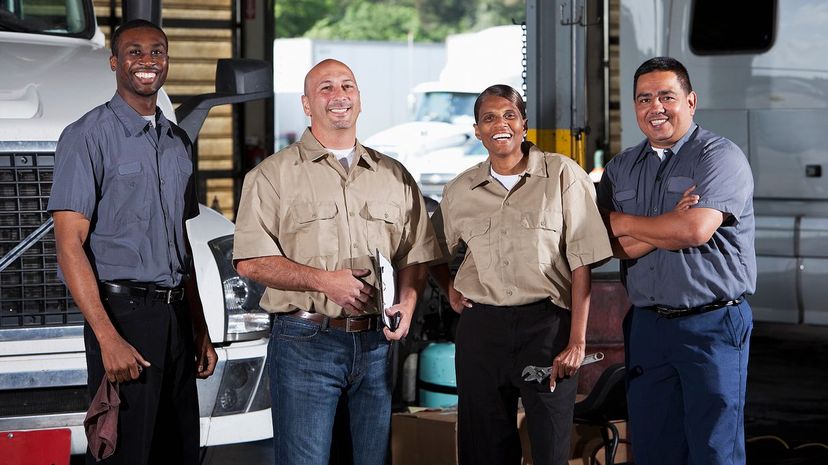
It's a profession and a culture, and it has a title not bestowed upon just anyone. A "driver" is someone who's earned his or her wheels and uses them to make a living. Truck drivers often have names for other operators of motor vehicles with whom they're forced to share the road, which we will not be going into here.

Evel Knievel was a stuntman back in the 1970s famous for jumping his motorcycle - and other vehicles - over things, defying death the entire time. In this case, however, his name is being used to describe a police officer on a motorcycle. (Evel Knievel, by the way, was reported to have broken 433 bones after many crashes in his career.)
Advertisement
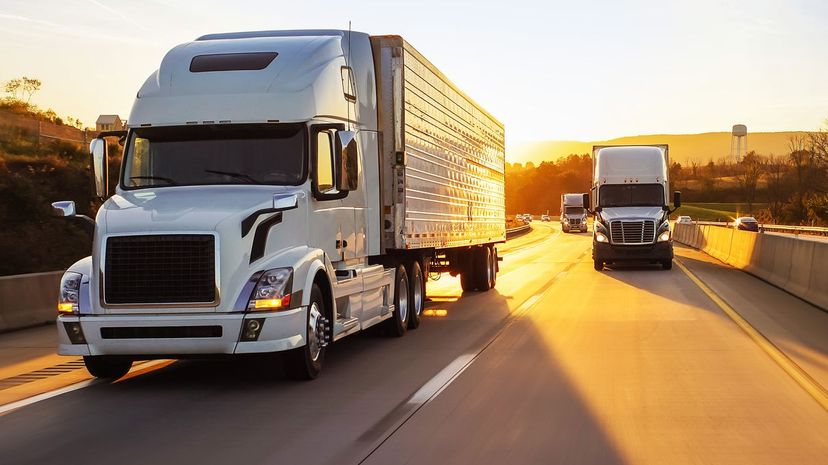
Experienced truck drivers know to rely on their mirrors when passing another big rig, but it's a big help to get confirmation you're clear from the truck being passed. Small kindnesses like this help make everyone's trip a little easier.
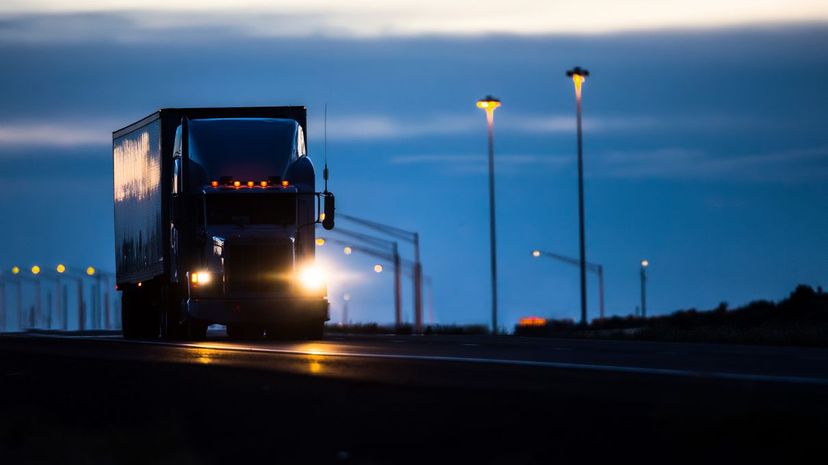
An E-Log system is a computerized method of tracking each truck driver's hours on the road, miles traveled and other information. Truckers and trucking companies are required to keep logs so that drivers aren't overworked and unsafe to be on the roads. Because an E-Log automatically tracks the information, it's easier on everyone - including regulators - than dealing with the traditional handwritten logbooks.
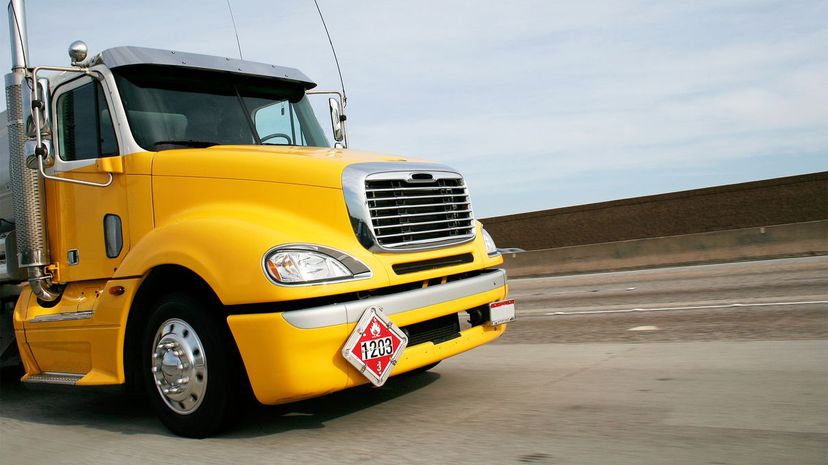
Drivers who haul gasoline, explosives or other hazardous materials are known as "suicide jockeys." In the U.S., more than three billion tons of hazardous materials are shipped every year, with trucks transporting a large percentage of this. The U.S. Department of Transportation has listed nine classes of hazardous material, including explosive, flammable, radioactive, corrosive and more. The class being carried is posted on the truck by law.
Advertisement

Some people just can't make up their minds and, in the process, become a rolling traffic hazard. While it sounds like a cute term, "bunny hoppers" are no friends to those who make their living driving large vehicles down highways for a living. Pick a lane, buddy!

If you get a call over the CB that a "smokey is at your back door," better be on your best behavior and watch your speed. Since a truck's blind spot is directly behind the trailer, a little heads-up notification of anything of interest going on back there is much appreciated, good buddy!
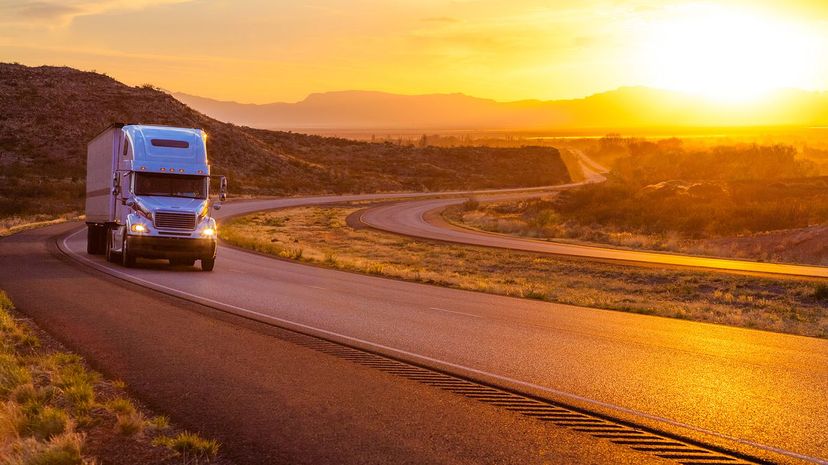
Truckers love a clean shot, knowing that there's no traffic to deal with, construction to work their way through or police looking to write some tickets. Driving a big rig is difficult enough on its own; having fewer challenges ahead means making good time on the delivery.
Advertisement
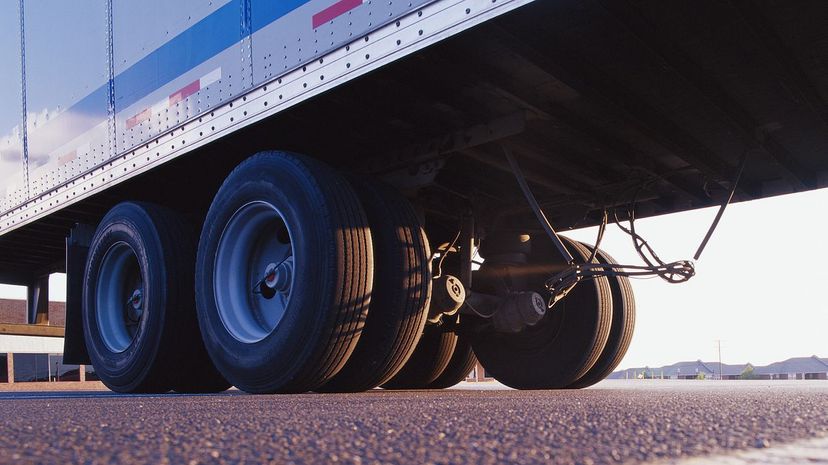
When trailers aren't attached to trucks, they rest on the bipod stand located near the front. This also keeps the trailer level. The gear is raised or lowered by the use of a hand crank.

Without go-go juice, the trucks stop-stop. Also known as "motion lotion," experienced truckers know where they'll find their truck's next drink. In certain circles, by the way, "go-go juice" is a combination of Mountain Dew and Red Bull mixed together, made famous by Honey Boo Boo on "Toddlers and Tiaras." Probably not a lot of overlap between these two groups, so mix-ups over the term should be infrequent.
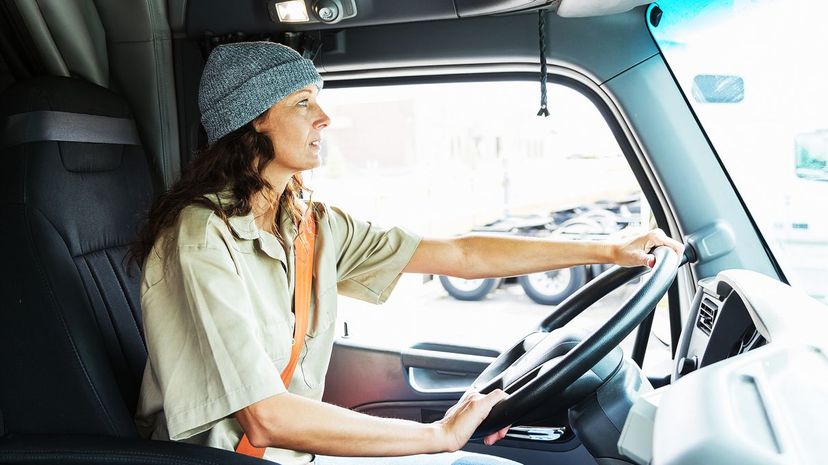
A truck is a big target for police officers looking to write some citations. When a four-wheeled vehicle blasts past the 18-wheelers, however, the truckers know that car will capture the attention of any police ahead of them. They're happy to let those cars find the cops, knowing that their rigs should be safe from unwanted attention for a bit. If they see that car get pulled over, however, it's back to business as usual from there.
Advertisement

Tailgating is never a good idea, but a car tailgating a semi is especially dumb. A truck's blind spot is directly behind the trailer, and if a car is tailgating them the driver might not even be aware of its existence. If he or she has to make a sudden stop, everyone's day just got a lot more difficult. Remember, if you can't see a semi's side mirrors, the driver can't see you!
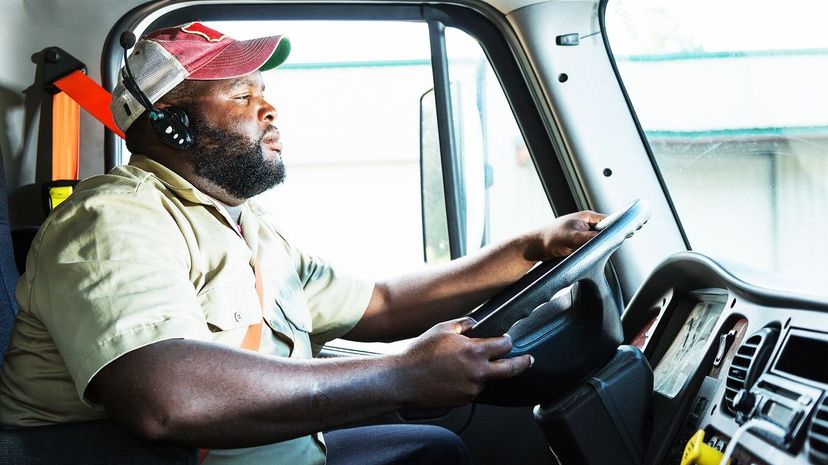
Driving a car through a construction zone is difficult enough. Driving a semi through one can be especially challenging. Seeing a flag-waver up ahead means that there are going to be some delays, and probably some cars taking advantage of the space cushion you've been maintaining in front of your rig. Deep breath, eyes front and get through this to the open road ahead!
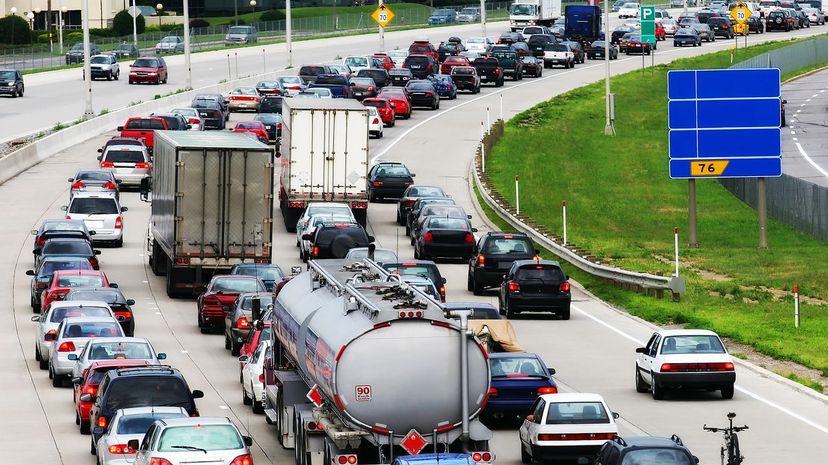
The left lane on the highway is meant for passing, but there are times when someone is going the same speed as a car in the right lane. When this happens, there's no way around them, traffic starts to stack up and increasingly angry drivers behind know that they're experiencing a rolling roadblock. When you find yourself in the left lane, lead, follow or get out of the way!
Advertisement
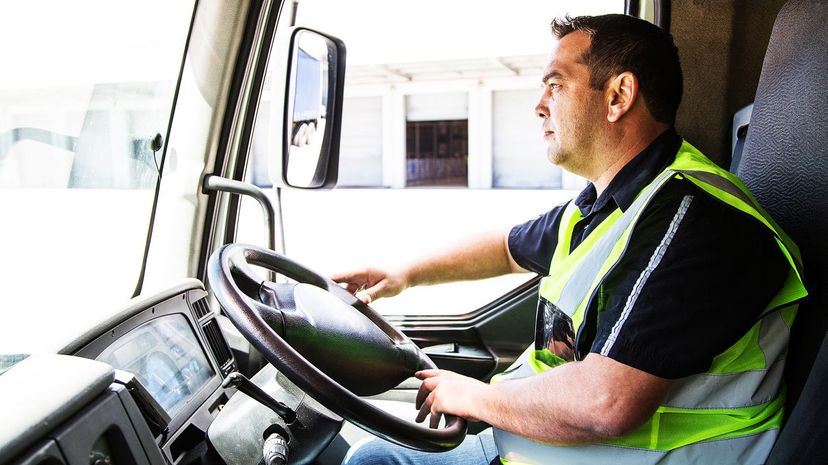
When law enforcement is there to write tickets, odds are they won't stop at writing just one. When they're on a mission, a semi is a highly visible target for a police officer in a citation state of mind. If other trucks are warning of paperhangers ahead, slow down and don't give them a reason to give you some one-on-one time.

Most semi trucks have speed governors that limit how fast the vehicle can go. One way truckers have found around this, when going down hills, is to put the truck in neutral and let gravity take its course. If the engine isn't controlling the speed, the governor is just along for the ride. It can be a dangerous move, however; long, straight grades without a lot of traffic are the only times to put this tactic to the test.
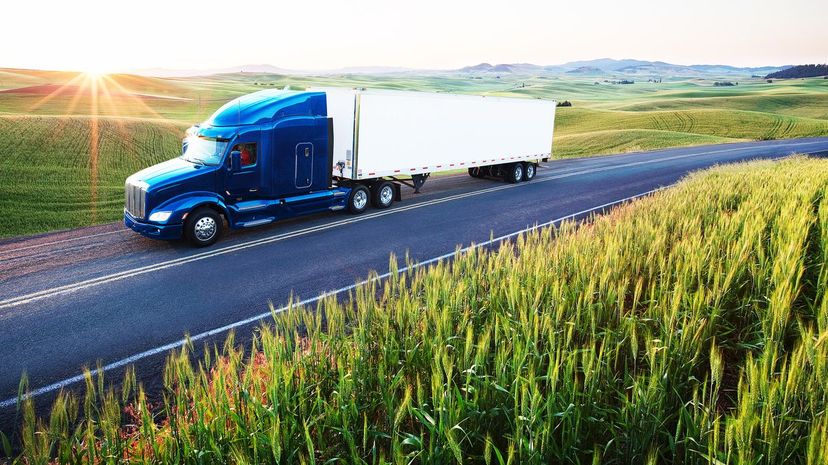
Beer was being brewed in Milwaukee before Milwaukee was a city or Wisconsin was a state. The German immigrants who first settled there brought their brew-making skills with them and over the years, Miller, Pabst and Schlitz all made their mark (as well as the fictional "Shotz Brewery" from TV's "Laverne and Shirley"). While the big breweries have largely closed down, the city has a thriving craft beer industry.
Advertisement
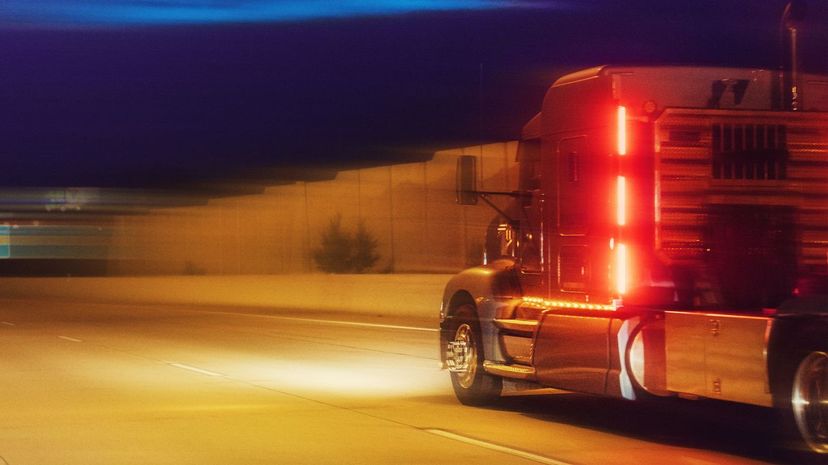
Mounted behind the rear cab window, a headache rack is a structure that protects the driver (and any passengers) from shattered glass or other projectiles from the trailer in case of a crash or emergency stop. Some racks also offer extra storage and shade from the sun, adding to their value.

St. Louis, on the west bank of the mighty Mississippi River, has long been known as the "Gateway to the West." The Gateway Arch is one of the most famous landmarks in the U.S. Standing 630 feet high in gleaming stainless steel, it's the world's largest arch, Missouri's tallest building and the tallest manmade monument in the Western Hemisphere. If you're running ahead of schedule, take a break and check it out!
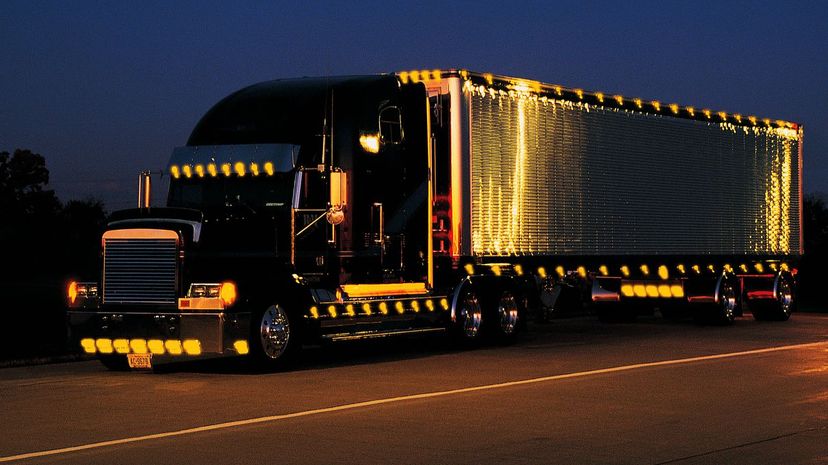
The road is long and in some cases very straight and boring. Long-haul truckers know that some of the most challenging driving they'll ever do is an overnight stretch down a highway that has little traffic and fewer curves to keep things interesting. If they've been driving for a long period of time, the only true cure for stutter trouble is finding a place to pull off and grabbing some shuteye.
Advertisement
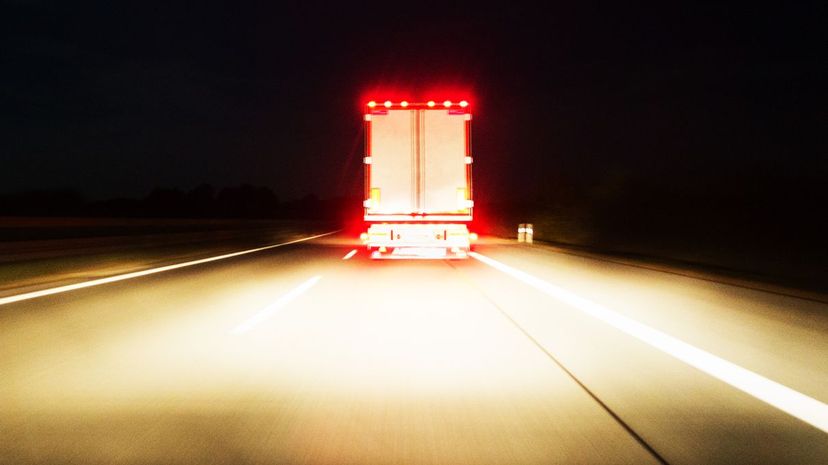
Smile pretty, because you're about to be on camera! Truckers like to let their fellow truckers - and whoever else might be listening on the CB - know when police are set up with radar guns looking for speeders. And if you still get a ticket after being warned, that's on you. Forewarned is forearmed!
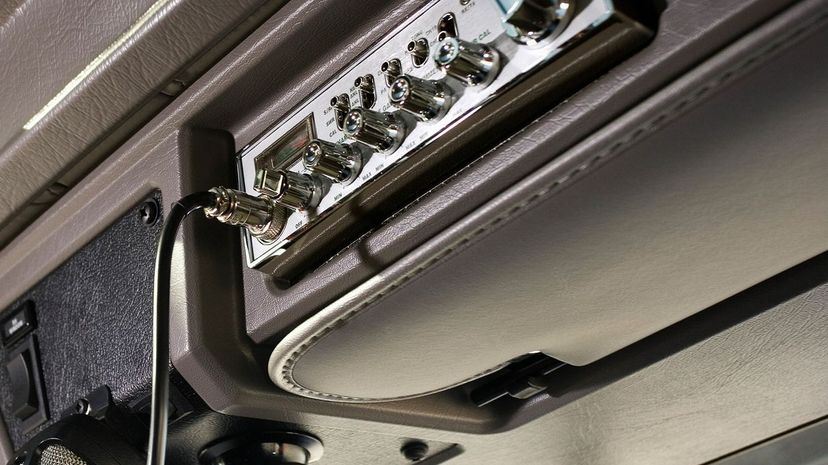
When it was first developed after World War II, truckers - along with dispatch workers like plumbers and electricians - had the citizen's band (CB) channels largely to themselves. When the technology became more available in the '60s and '70s, however, the airwaves quickly became crowded. Useful information, like low gas price locations and police speed checkpoints, started to get drowned out, especially on widely used channel 19. Truckers began to refer to 19 as "Sesame Street."

When an independent trucker installs some extra lights and bling on his or her truck, that's known as putting "chicken lights" on the rig. When they put LOTS of lights, chrome and other accessories on it, that truck is now officially a "chicken truck."
Advertisement

A big rig and a narrow path make for an interesting combination. If a bridge is narrow enough, a trucker can feel like he or she is getting squeezed, just like a credit card being swiped through a card reader. Hold your breath and keep it straight!

No matter how big the pickup truck is, there's a difference between four (or six) wheels and 18. While your pickup might be the biggest vehicle in the Lowe's parking lot, there are much bigger trucks parked behind the building at the loading dock.